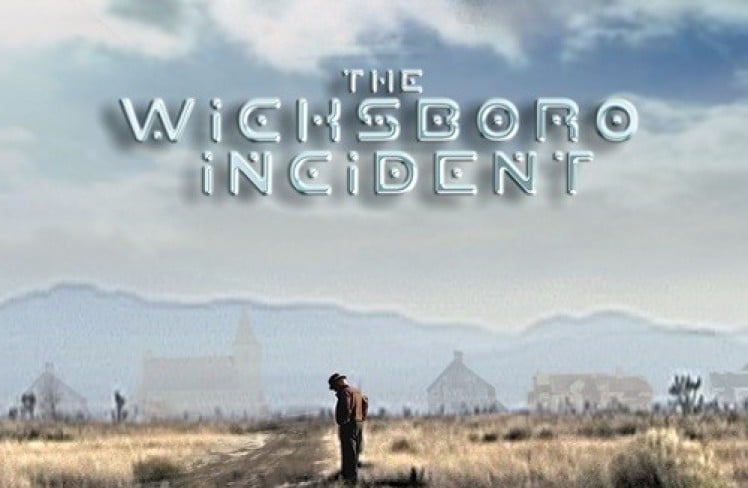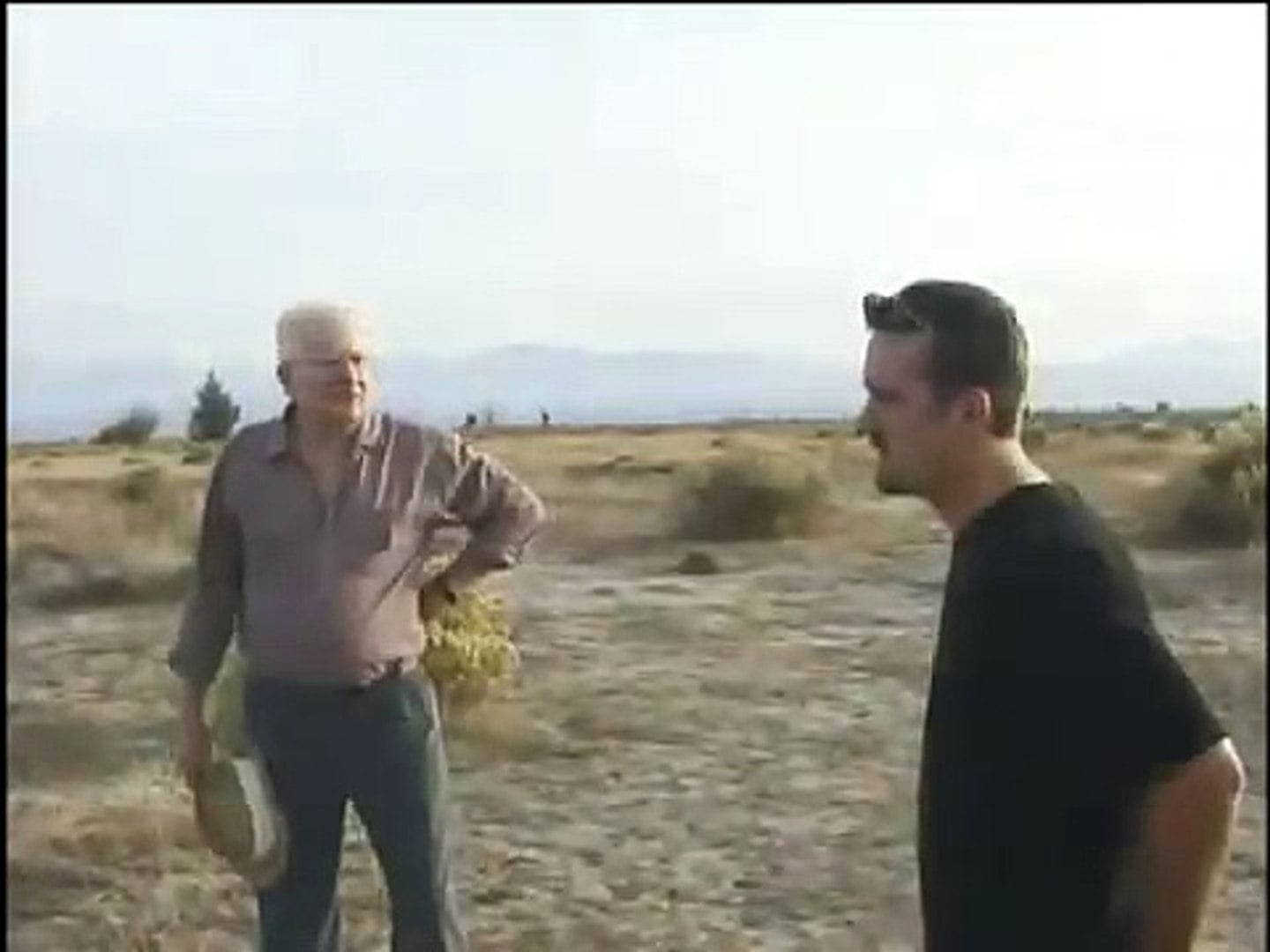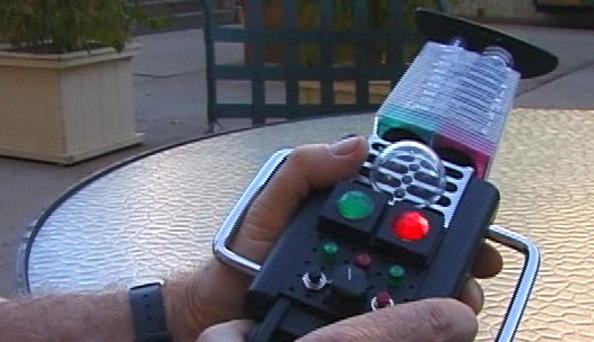
The mockumentary is not a new style of filmmaking, and its origins can be traced back to Luis Buñuel’s 1933 film Land Without Bread (Las Hurdes: Tierra Sin Pan), though some film scholars might debate that point. Looking through the scores of films created since that time, the one genre that seemed to benefit from the mockumentary was the comedy — from The Rutles in 1964 (a parody of The Beatles) to anything from Christopher Guest.
But it wasn’t until 1999, when a little independent film became a surprise hit for its use of “found footage” to re-tell the last days of three young investigators journeying into the Black Hills of Maryland to uncover the truth about a legendary creature: The Blair Witch Project. Clever storytelling and usage of the actors themselves to film most of the scenes made for one of the most effective horror films of its time. Because of its success, the floodgates opened for other filmmakers to try their hands at crafting something as equally compelling.
One such film that likely never would have existed without the Blair Witch Project success: 2003’s The Wicksboro Incident. Successfully mixing together the science-fiction and horror genres is a challenge to begin with, and doing it in this particular, pseudo-reality style of presentation ups the challenge significantly. I’m sorry to report that, all in all, this film and its creative team were not up to the challenge.

Here’s the synopsis: in 1998, Mike and Gary, two documentary filmmakers, decided to investigate a story that had been buried by the government: in 1953, the entire town of Wicksboro, Texas, is wiped from the map, save for a lone scientist who had been working on a secret government project in an underground lab. When he discovered what happened, he fled the now-deserted town and disappeared into the city of San Francisco.
Forty years later, that scientist decided to tell his story and the story of the town to Mike and Gary with the hope of getting the message out. That message: we are not alone on Earth, and have not been alone for some time. You see, Lloyd and a few fellow scientists created a device that could read the alpha waves of any living being. Each beings’ alpha waves followed a similar pattern, so scanning two humans should provide the same results. What a surprise when they discovered one human whose alpha waves differed. Then another, and another. When the government got wind of their findings, they provided a lab for the scientists to continue their work, until the lab was compromised. From there, the government moved them to an underground lab in Wicksboro, Texas.
However, now that Mike and Gary are stirring things up, the same force that destroyed Wicksboro is out to get them.
Overall, I liked the main thrust of the story — two filmmakers trying to uncover the truth about what happened to Wicksboro — and when the movie started, I was getting into it, wondering where this search was going to take them. But then, they started spending what felt like too much time on chase scenes or driving through the desert (or stopping at a gas station for many bottles of wine?), and I found myself struggling not to hit the fast-forward button on the remote.
The three main actors do a decent job, even though at times what they say comes across as scripted, losing that mockumentary feel. And somewhere along the way, it all began to feel predictable. In one scene, Mike was talking on his cell phone to his wife. After he hangs up, he says (paraphrasing), “I love having a family.” My intuition knew at that point that something was going to happen to his family. Moments like that occur throughout the film, making it less enjoyable to watch.
The first 15-20 minutes of the “footage” were heavily edited with re-enactments and drawings. And yet, at the end of the “footage,” one of the directors carries all the videotapes with him, which I would have thought to be unedited at that point. What would have helped the story was throwing something in to let the audience know that the footage was discovered somewhere and that a third party decided to piece the film together from that footage. It all just comes across as confusing, thanks to lack of on-screen clarity.
Where the film really falls short is in its presentation, thanks to quite a bit of poor camera work. Much of the “footage” shows a dark Texas desert with a line of city lights visible on the horizon. Then, the camera shakes up and down, left and right, while one of the filmmakers says something similar to “Look, I can see him by the car.” He must have had some pretty amazing eyesight because I couldn’t tell a car from a Joshua Tree thanks to all the jerky moving around and darkness. I definitely understand and appreciate the “found footage” aspect of how these movies are supposed to present, but the audience has to at least be able to see something, right?
More than most film styles, the successful mockumentary is a tricky beast. The story needs to be compelling and believable otherwise the audience will leave feeling dissatisfied, and unfortunately, that’s how The Wicksboro Incident felt that way for me.

